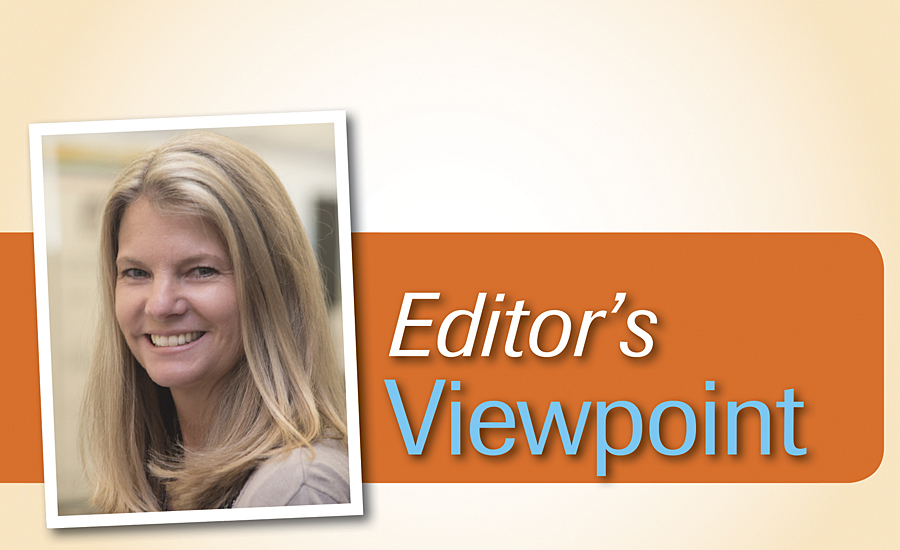On December 1, 2015, global paints, coatings and specialty chemicals company AkzoNobel celebrated the opening of a $10 million research, development and innovation (RD&I) center in Strongsville, OH. Featuring full testing, scale-up and analytical capabilities, the RD&I center houses more than 120 staff, including 65 highly trained scientists and technicians. The new facility, pursuing U.S. Green Building Council LEED certification, advances the $15 billion company’s innovation and technology presence in Northeast Ohio and reaffirms its commitment to the region. The facility supports several of -AkzoNobel’s Performance Coatings businesses, including coil, extrusion and packaging coatings.
I was not able to attend the ribbon-cutting ceremony back in December, but was recently able to tour the facility, as well as visit with Sandy Moran, Communications, North America, and Dan Bode, Technical Manager, Performance Coatings. -
According to Moran and Bode, the company’s prior building just down the road was the largest energy user of all AkzoNobel’s buildings in North America, and was very segregated (65 lab workers operating in 90 rooms). AkzoNobel wanted a more energy-efficient building, as well as a work space that was more open and accessible to allow for opportunities for interaction and exchange of ideas.
After much work with the architects and contractors, the new technology center’s final design accomplishes this mission. The new building has a footprint one-third the size of the old one, with a reduction in energy of more than two thirds. The best way to describe the building is “light and open.” From pretty much any point in the building you can see directly outside, thanks to massive windows and glass inner walls throughout. There are no corner or window offices for executives – these offices are all along back walls, allowing the cubicles in the office area to enjoy all of the natural light.
The open lab environment features an improved workflow design, which moves from polymer development to coating formulation, to application and then testing. The analytical support team has centralized access to all projects, improving knowledge about developments and information flow.
The center of the building cements the feeling of approachability, with a completely open commons area that can seat more than 100 people for meetings, but that is used for discussions, coffee and lunch on a daily basis.
According to Bode, who played an instrumental role in the design of the new facility, “We wanted some cultural change – more face-to-face interaction. It’s not just a trend; it’s a new and dynamic way of working here.” Bode commented that the new building design has greatly helped – stimulating new ideas and allowing coworkers to be more engaged and have more frequent interaction.
Congratulations to AkzoNobel on the success of the RD&I center, and thanks to Sandy and Dan for a very interesting tour!



Report Abusive Comment